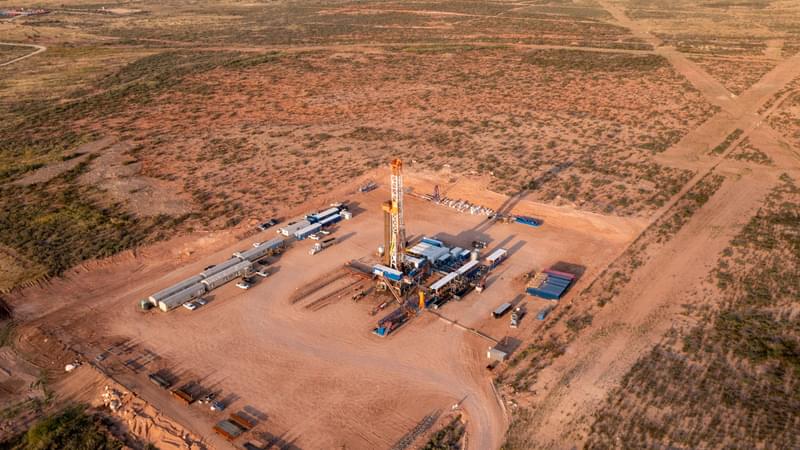New Mexico Permian Basin study with Stanford University

Stanford University recently published a study, Quantifying Regional Methane Emissions in the New Mexico Permian Basin with a Comprehensive Aerial Survey, which looked at methane emissions across the entire region at the facility scale. The study was based on over 117,758 individual site measurements spanning 26,292 active wells and over 9,000 miles of gas gathering pipelines taken using the LeakSurveyor™ measurement system.
While Insight M (then Kairos Aerospace) took the measurements that were used in the study, we left the analysis of emissions at the basin scale to the expert team at Stanford University. Our goal for participating was to provide the scientific community with a better picture of how aerial methane monitoring at scale can shape our understanding of the challenge of reducing methane emissions.
To do this, we provided Stanford with an anonymized dataset: the Stanford team had no access to the precise location of emitting sites nor who operated them. Maintaining our commitment to safeguard customer data was, and remains, extremely important to the Insight M team. Nothing given to Stanford and nothing that was published could be tied to an individual company or facility.
The Stanford study revealed several critical findings that increase our understanding of methane emissions from this region during the period of study. But it also provides valuable context on how we can apply these lessons to better understand and ultimately reduce emissions elsewhere.
What did the Stanford study find?
First, the study revealed the importance of sample size when it comes to understanding emissions. The study’s findings clearly indicate that very infrequent but very large methane emissions are responsible for the majority of total gas loss. This means that if you measure only a handful of sites, and extrapolate the emissions you see for an entire field you will likely miss the true impact these large emitters have.
Second, we see that an effective emission reduction policy framework must focus on eliminating the largest sources of methane quickly, since that is clearly the strongest driver of emissions at the basin scale. A strategy that prioritizes the most impactful and economically significant emission reductions will have a strong environmental impact as well as a more favorable cost-benefit trade-off.
What are the study’s implications for the oil & gas industry?
Prior to Insight M’s work in New Mexico in 2019, measuring tens of thousands of sites was an expensive and difficult proposition. But this study clearly demonstrates that aerial methane monitoring is an efficient and cost-effective technique to capture methane data at scale. The results show the strong value that basin-wide leak inspection technologies can provide.
For policymakers looking to address methane without creating excessive burden for regulated entities, the data show that good methane policy will incorporate frequent scans for large sources of emissions rather than focusing on chasing down every single leak regardless of its size. Eliminating a large source of methane more quickly has a far greater impact compared to repairing very small leaks, and an effective methane policy will value that distinction.
This study marks an important step forward for the science of understanding methane emissions and offers clear evidence for how the oil and gas industry can reduce emissions quickly and efficiently. We appreciate the Stanford team’s careful and thorough work over the last three years to bring these important conclusions to light.
For more information on how we can support your ESG efforts by identifying your emissions, reach out to our team: